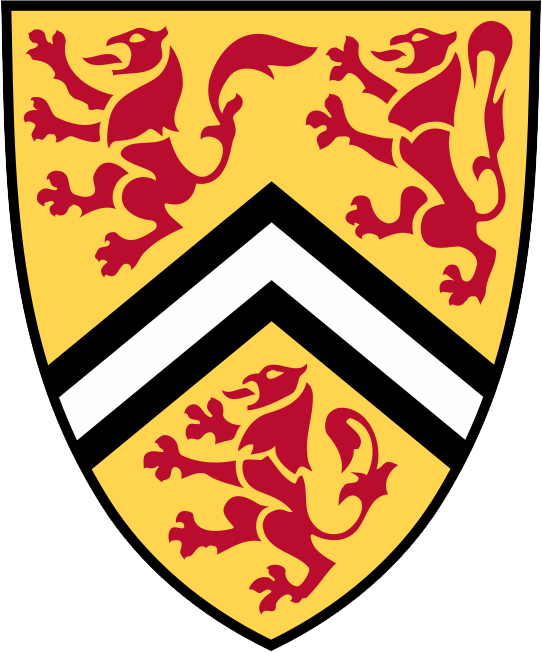|

|
FULL PAPER PUBLICATIONS AT CHI AND UIST |
|
8. |
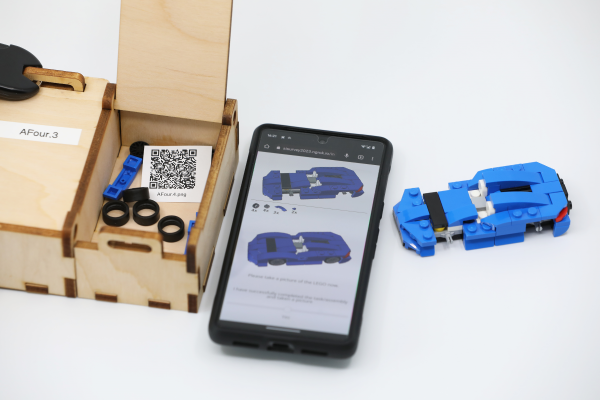
|
|
|
|
7. |
|
Substiports:
Substiports makes unmodified FDM 3D printers more sustainable by replacing printed supports with scrap, LEGO, or customizable mechanisms, like a screw jack. Users place the ad-hoc objects, which snap securely into place in 3D printed holders. Our software-only solution integrates directly into the slicer, making it compatible with other support reduction efforts. |
|
|
6. |
|
Scrappy:
|
|
|
5. |
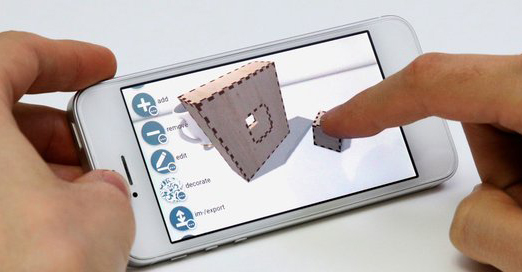
|
Kyub:
|
|
|
4. |
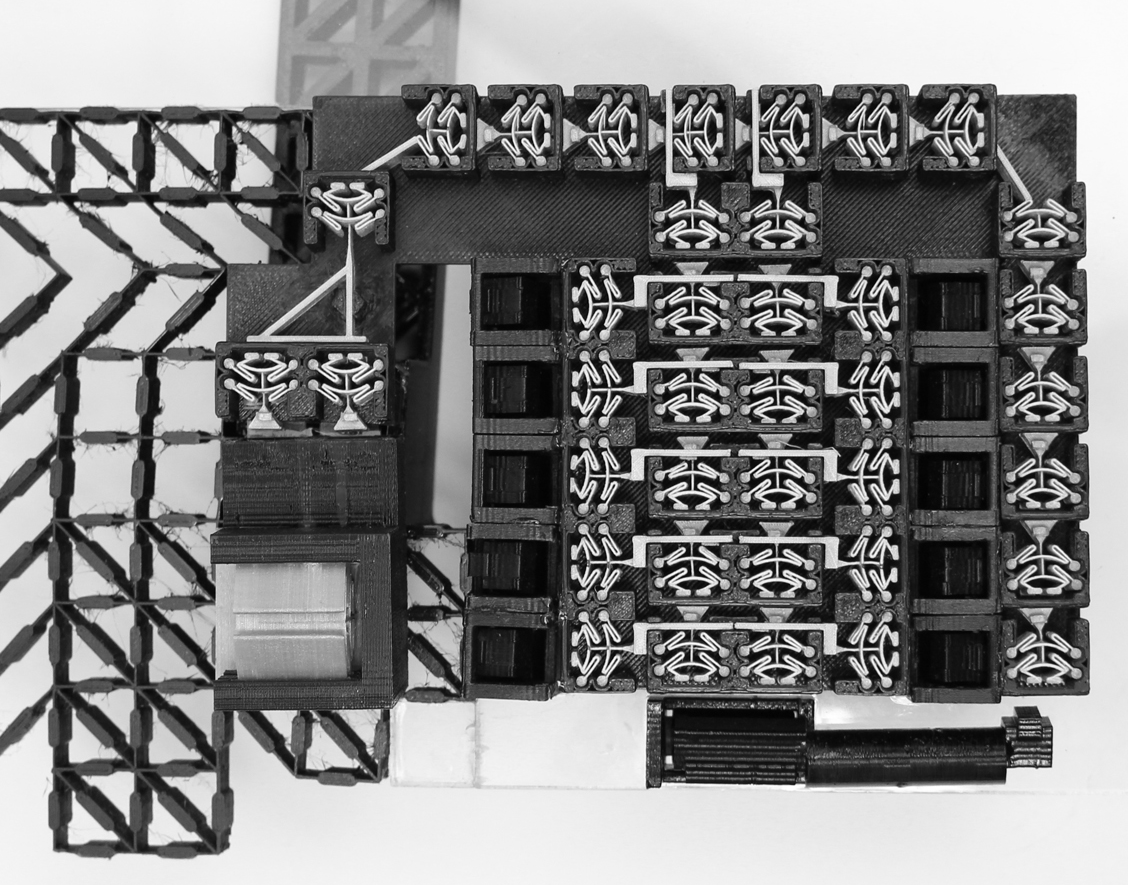
|
Digital Mechanical Metamaterials:
|
|
|
3. |
|
TrussFab:
|
|
|
2. |
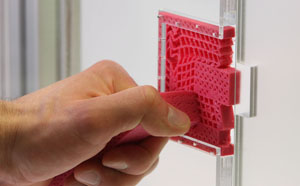
|
|
|
|
1. |
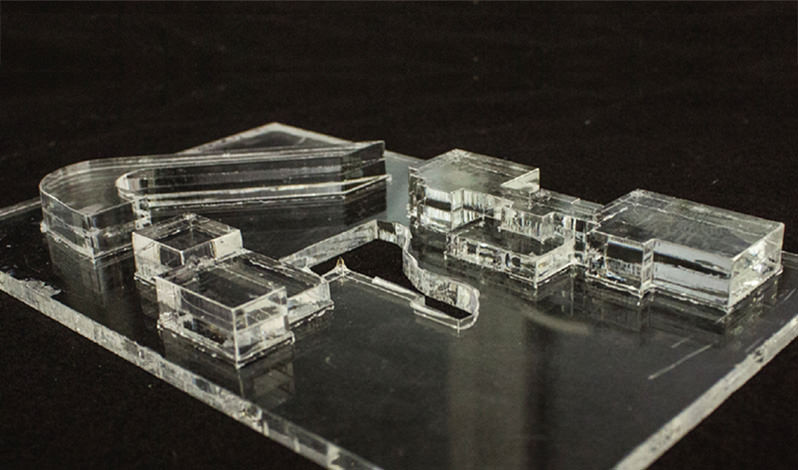
|
LaserStacker:
|
|
Short papers |
|
1. |
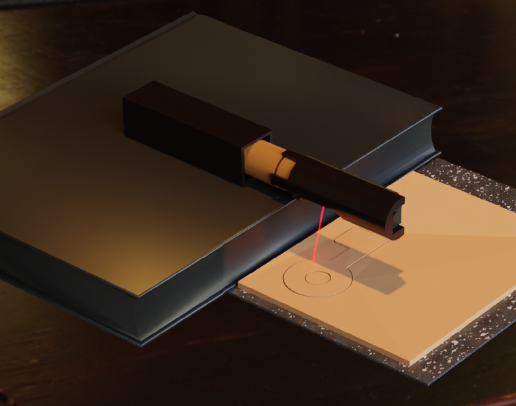
|
|
|
Master Thesis at Hasso Plattner Institute |
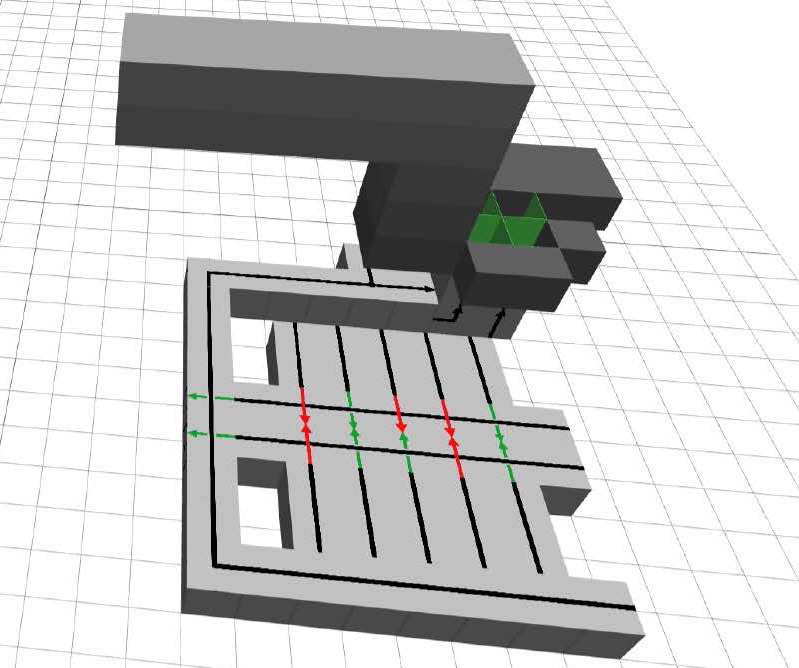
|
Design and Synthesis of Digital Mechanical MetamaterialsThis master thesis presents a software system that allows users to design and fabricate simple interactive objects with integrated digital mechanical metamaterials. Its main component is a custom voxel editor for modeling 3D objects, routing signals through them, and verifying the correctness of "circuitry" by simulating the signal flow. Additionally, the editor automatically synthesizes and minimizes cell patterns that implement user-defined logic functions, supports layouting through automatic pathfinding as well as free-form path drawing and exports 3D-printable files.PDF (15.9MB) |
|
Fab-related projects |
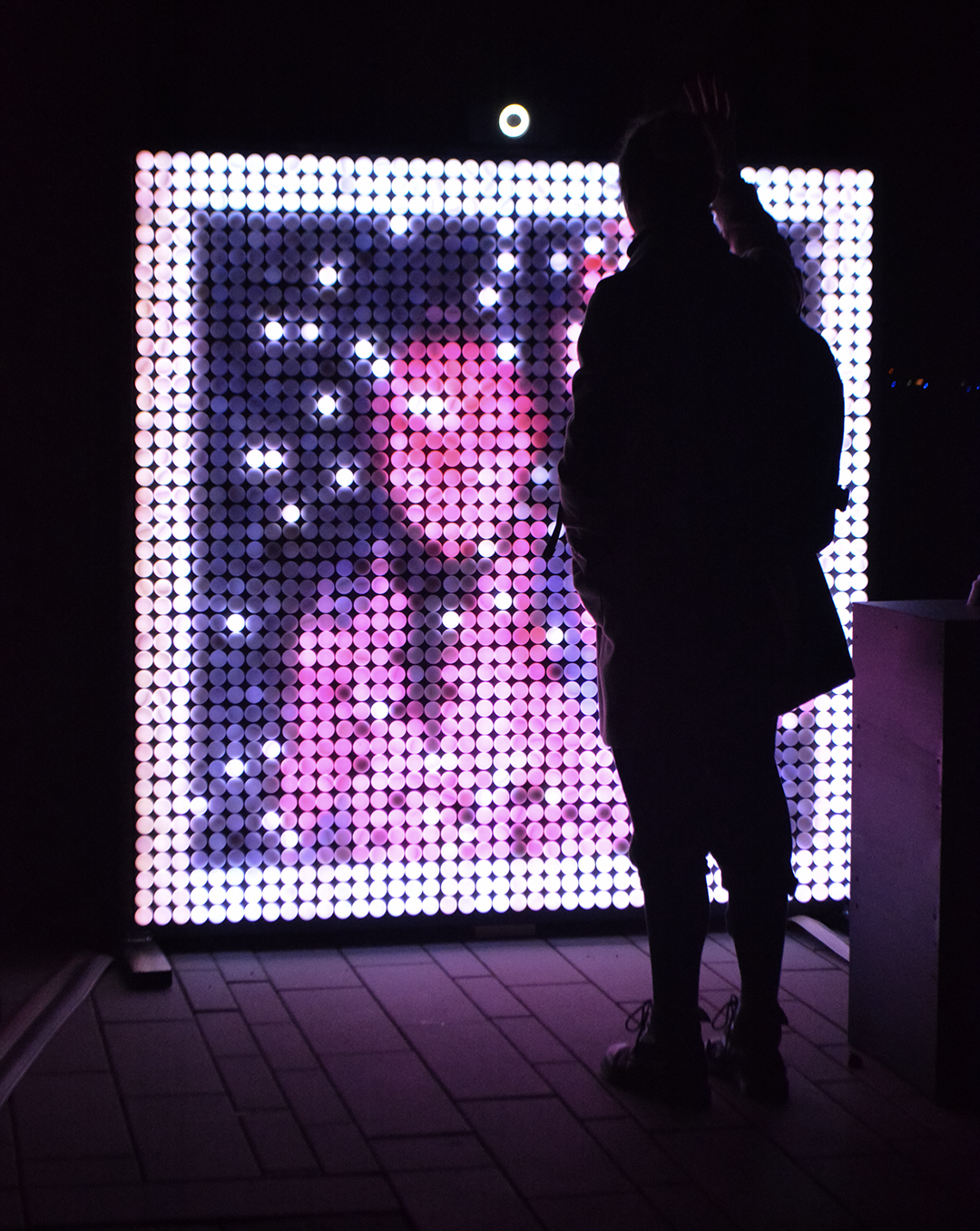
|
Interactive Art: The Light WithinThis entropic human-sized mirror made from nearly 2000 uniquely adressed LED's is crafted and fabricated to withstand both the elements and crowds. The embedded software is designed for resilience and to achieve real-time interactions on extremely limited hardware.Details: UWaterloo Article | Exposition: Lumière | Exposition: Lumen |
|
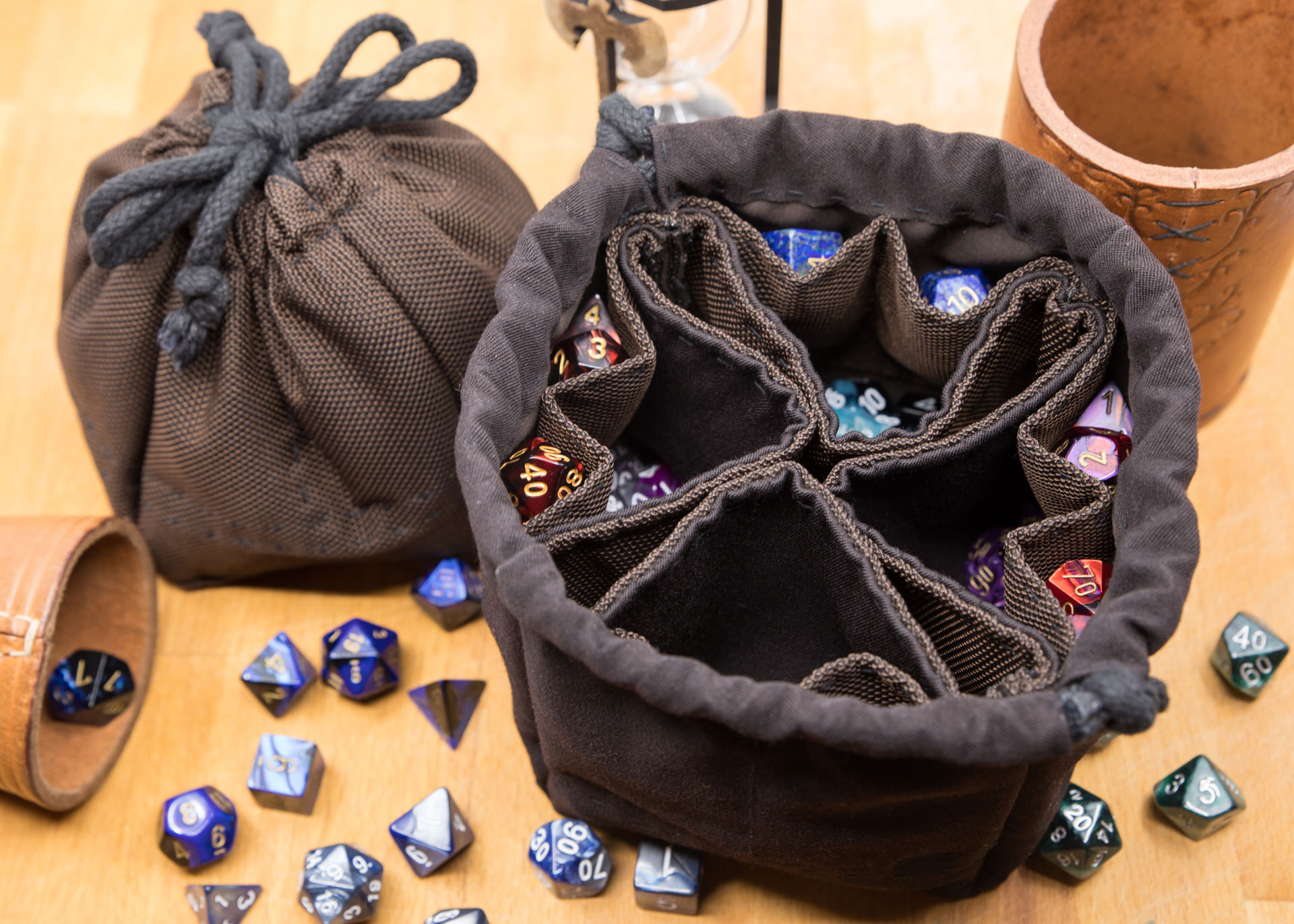
|
Webshop: Silberschmiede
CAD helps me create gaming supplies fit for everybody through customization. |
|
Miscellaneous |
Click here to opt-out of Google Analytics
